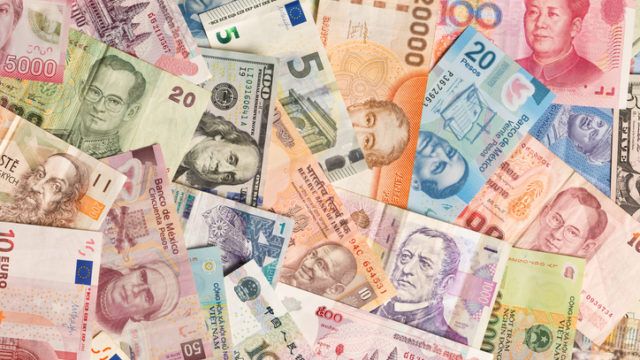For the first time, China has overtaken Europe as the world’s second largest MMF market, and is pursuing initiatives to develop the market further.
Its 18% share of global assets as at the end of June 2022 is higher than in Europe (17%), but trailing the US (55%), says Fitch Ratings, adding that this followed the expansion of Chinese MMFs at a five-year compound annual growth rate of about 16% to end-June 2022.
Total AUM reached a record high of RMB11.0trn ($1.6trn) in May 2022, but fell slightly to RMB10.6trn in June, according to the Asset Management Association of China.
“Chinese MMF growth is being driven by demand from retail investors, with retail assets accounting for about 61% of total assets at end-2021,” explained Li Huang, an analyst and associate director at Fitch.
The remainder, she added, are institutional assets from financial institutions, including commercial banks and insurance companies, as well as corporates.
More mature
There are also signs of increasing diversity in the MMF landscape in the mainland.
“China’s MMF market has also become more diversified, as the largest fund has shrunk in recent years and flows have been diverted into other funds,” said Li.
For example, the market share of the largest MMF and the top-five MMFs fell to 7% and 15%, respectively, in June 2022 – from highs of over 30% and 60% in 2014.
Yu’e Bao, a retail-investor only fund, is China’s largest MMF, distributed on Alipay, the online payment platform linked to the e-commerce Taobao.com business managed by Alibaba Group.
At the same time, the Chinese MMF yield dropped to below 1.6% as of August 2022, says Fitch, from 2.7% at end-2020, as short-term interest rates moved downwards.
“We expect China’s policy interest rate to remain stable in the next 12 months, which should limit further downward pressure of the MMF yield,” added Li.
More controls
The market has also benefited from regulatory reforms which, since 2015, have brought Chinese MMFs closer to international standards.
Yet Fitch sees a substantial discrepancy still between MMFs in China and those in western markets.
To try to close the gap, the securities watchdog proposed new rules in early 2022 focusing on large MMFs.
Fitch says the proposed rules define MMFs with AUM exceeding RMB200bn, or with more than 50 million investors, as ‘Important’. If an asset manager manages more than one MMF under a single distribution channel, all MMFs distributed through that channel are deemed to be ‘Important’ if their combined AUM exceeds RMB200bn.
“We believe the proposed rules will further develop China’s MMF sector, with the tighter standards reducing systemic risk associated with MMFs,” explained Minyue Wang, an analyst and director at the ratings agency.
She added that Fitch does not expect the proposed rules will affect Fitch-rated Chinese MMFs, given their size falls below the threshold for ‘Important’ MMFs.

















